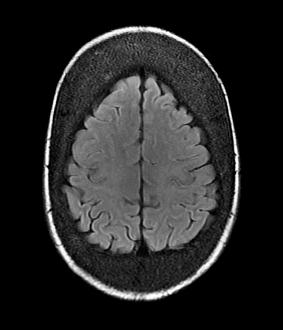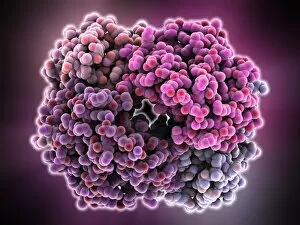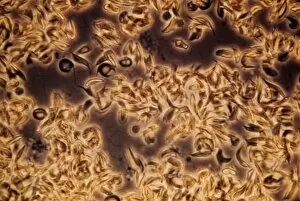Sickle Cell Anaemia Collection
"Sickle Cell Anaemia: Unveiling the Molecular Culprit and its Devastating Effects" Haemoglobin S, a genetic mutation of haemoglobin
All Professionally Made to Order for Quick Shipping
"Sickle Cell Anaemia: Unveiling the Molecular Culprit and its Devastating Effects" Haemoglobin S, a genetic mutation of haemoglobin, plays a pivotal role in sickle cell anaemia. Represented by the intricate molecular model F006/9601, this abnormal haemoglobin distorts red blood cells into a sickle shape. The impact of this condition extends beyond mere visual representation. MRI scans reveal the consequences on the skeletal system, with thickened skulls becoming apparent. The repeated mention of these scans emphasizes their significance in understanding the disease's manifestations. However, it is crucial to delve deeper into the microscopic world to comprehend how sickle cell anaemia affects individuals at a cellular level. Light micrograph C015/6395 showcases distorted red blood cells characteristic of this disorder. Coloured LM images further highlight abnormalities within blood samples affected by sickle cell anaemia. Artwork depicting red cells afflicted by sickle cell disease brings forth an artistic interpretation that captures both scientific accuracy and emotional depth. These illustrations serve as poignant reminders of the challenges faced by those living with this condition daily. Sickle cell anaemia demands attention not only for its physical impacts but also for its psychological toll on patients' lives. Artistic portrayals convey emotions associated with living with this chronic illness while raising awareness about its prevalence and importance in medical research. Through molecular models like Haemoglobin S and diagnostic tools such as MRI scans, we gain insight into the complexities surrounding sickle cell anaemia's pathophysiology. Combined with light microscopy imagery and evocative artwork representing affected red blood cells, we are reminded that behind every scientific discovery lies human stories waiting to be told – stories that deserve our empathy and support in finding effective treatments for this debilitating disease.







